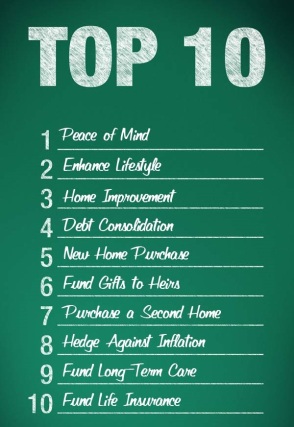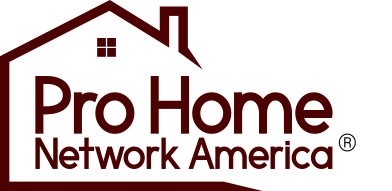As a mortgage professional, how many times have you been questioned by others,…or even by yourself…, about Reverse Mortgages, are they any good for borrowers, are there any myths about them. Let’s take a look of their key aspects in a simple and summarized way.
What is a Reverse Mortgage?
A reverse mortgage is a loan available to homeowners, 62 years or older, that allows them to convert part of the equity in their homes into cash. The loan requires no principal & interest monthly payments, on contrary, a homeowner can tap into the approved equity disbursement in a way of fixed monthly checks, a lump sum, a line of credit or a combination. The most popular reverse mortgage program is known FHA’s HECM, or Home Equity Conversion Mortgage.
Features
Generally, the IRS does not see the HECMs’ income a taxable one, nor a dis-qualifier for Social Security or Medicaid benefits- some cases require the homeowner’s attorney or CPA analysis.
The value of the house is used to determine eligibility, rather than the income of the homeowner.
The HECM income ends when the home equity term is reached, the home is sold, the house is not the main principal home for 12 consecutive months, or the last borrower passes away.
Homeowners can keep the title to their homes until they pass away, move, sell their home, or reach the end of their loan term.
Lenders cannot go to your heirs for repayment of your loan if the house sells for less than what was borrowed. In most cases, the home must be sold to pay back the reverse mortgage and there “may not be” any money left for the heirs.
Interest rates can be fixed or adjustable, but most are adjustable rates. Reverse mortgages’ have variable rates that move up and down with the market conditions.
All accumulated interest may be deducted of the homeowner taxes at the conclusion of the loan.
Money can be used for any purpose such as for home repair and maintenance, long-term care, medical needs, or paying debt.
As the owner’s age increases and the home equity increases, the amount that can be borrowed increases.
The homeowner is still responsible for paying property taxes, paying homeowner’s insurance, and maintaining and repairing the home. If not, the loan becomes due.

